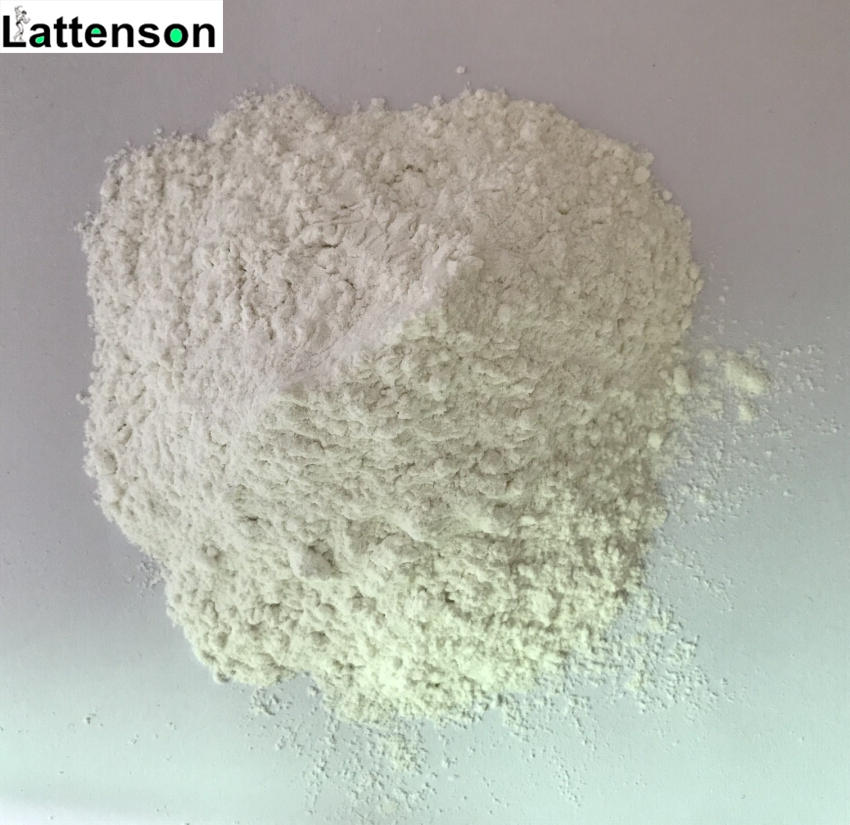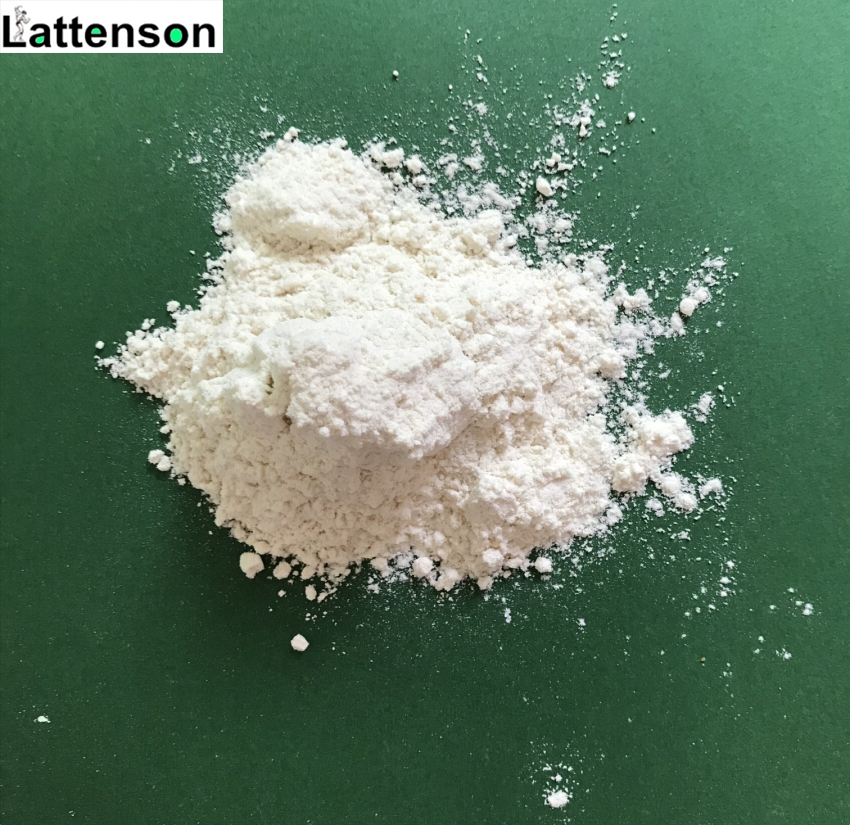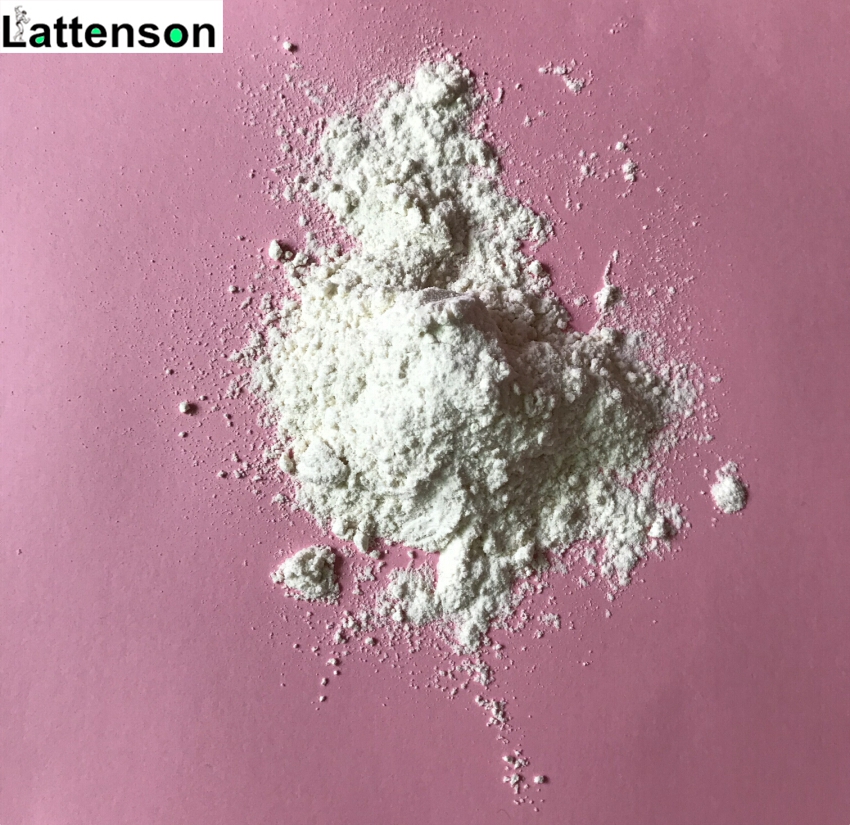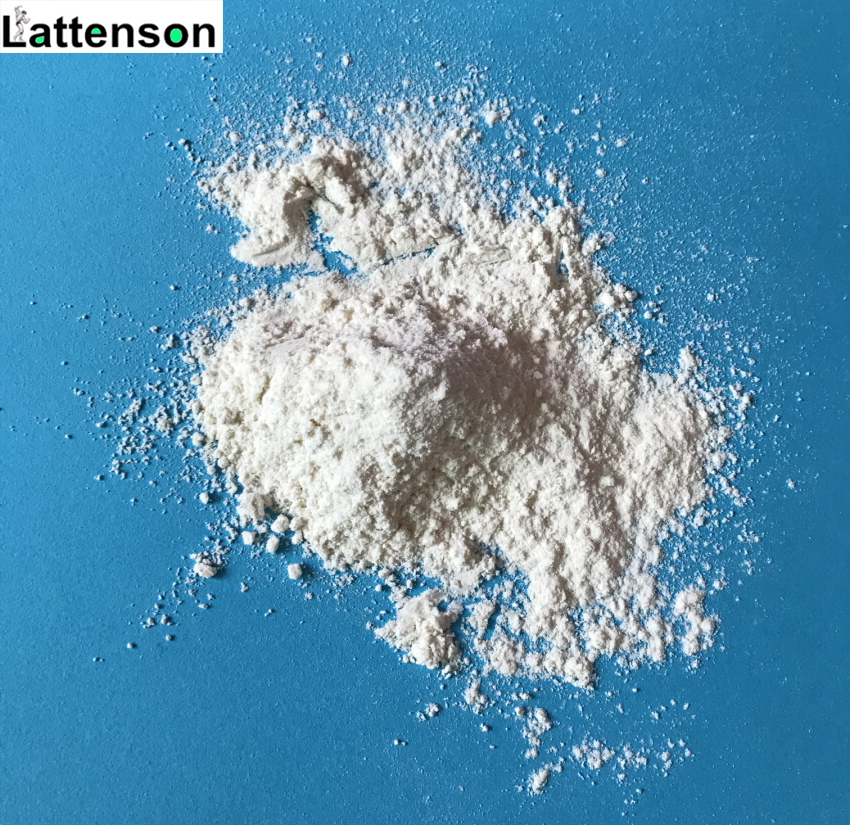Solución antibacteriana necesaria en alcohol bencílico de aceite esteroide:
nombre del producto: lidocaína
CASO: 137-58-6
MF: C14H22N2O
MW: 234.34
EINECS: 205-302-8
Solución antibacteriana necesaria en alcohol bencílico de aceite esteroide: 66-69° C
temperatura de almacenamiento: Store at RT
solubility ethanol: 4 mg / mL
formulario: polvo
Solución antibacteriana necesaria en alcohol bencílico de aceite esteroide: practically insoluble
Estabilidad: Stable. Incompatible with strong oxidizing agents.
Uso: Lidocaine is a selective inverse peripheral histamine H1-receptor agonist with an IC50 of
>32 μM.
Descripción:
lidocaína, xylocaine, or lignocaine is a common local anesthetic and class-1b antiarrhythmic
drug. Lidocaine is used topically to relieve itching, burning, and pain from skin inflammations,
injected as a dental anesthetic, or as a local anesthetic for minor surgery.It is on the World Health
Organization’s List of Essential Medicines, a list of the most important medications needed in a
basic healthcare system.
Lidocaine is the most important class-1b antiarrhythmic drug; it is used intravenously for the
treatment of ventricular arrhythmias (para infarto agudo de miocardio, envenenamiento por digoxina,
cardioversión, o cateterismo cardiaco) si la amiodarona no está disponible o está contraindicada.
Se debe administrar lidocaína para esta indicación después de la desfibrilación., RCP, and vasopressors have
been initiated. A routine prophylactic administration is no longer recommended for acute cardiac
infarction; el beneficio general de esta medida no es convincente.
Solicitud:
Lidocaine crosses the blood-brain and placental barriers, presumably by passive diffusion.
Lidocaine is metabolized rapidly by the liver, and metabolites and unchanged drug are excreted
by the kidneys. Biotransformation includes oxidative N-dealkylation, ring hydroxylation, cleavage
of the amide linkage, and conjugation. N-dealkylation, a major pathway of biotransformation,
yields the metabolites monoethylglycinexylidide and glycinexylidide. The pharmacological /
toxicological actions of these metabolites are similar to, but less potent than, those of Lidocaine.
Approximately 90% of Lidocaine administered is excreted in the form of various metabolites, Estanozolol semielaborado de la serie líquida de esteroides
less than 10% is excreted unchanged.
Lab Test Result:
| ITEMS |
SPECIFICATIONS |
RESULTADOS |
| Apariencia |
Polvo cristalino blanco |
Pasar |
| Pureza |
99.00%-101.00% |
99.56% |
| Identificación |
Chloridate |
Positivo |
| Test A |
Positivo |
| Punto de fusion |
66-69° C |
Pasar |
| Appearance of solution |
Clear and colourless |
Pasar |
| Agua |
5.5-7.0% |
6.7% |
| Acidity PH |
4.0-5.5 |
5.2 |
| Sulphated ash |
0.10% máximo |
0.08% |
| Metales pesados |
5ppm max |
Pasar |
| 2, 6-Dimethylaniline |
100ppm max |
Pasar |
| Conclusión |
It conforms to EP standard |
|
| Local Anesthetic Powder |
| metil testos terona |
prilocaína |
| Benzocaína HCL |
metil testos terona |
| Bupivacaína HCL |
Procaine HCL |
| Levobupivacaína HCL |
Propitocaína HCL |
| lidocaína |
Clorhidrato de ropivacaína |
| Lidocaína HCL |
Tetracaína |
| Pramoxina HCL |
Tetracaína HCL |













 Gerente de ventas
Gerente de ventas